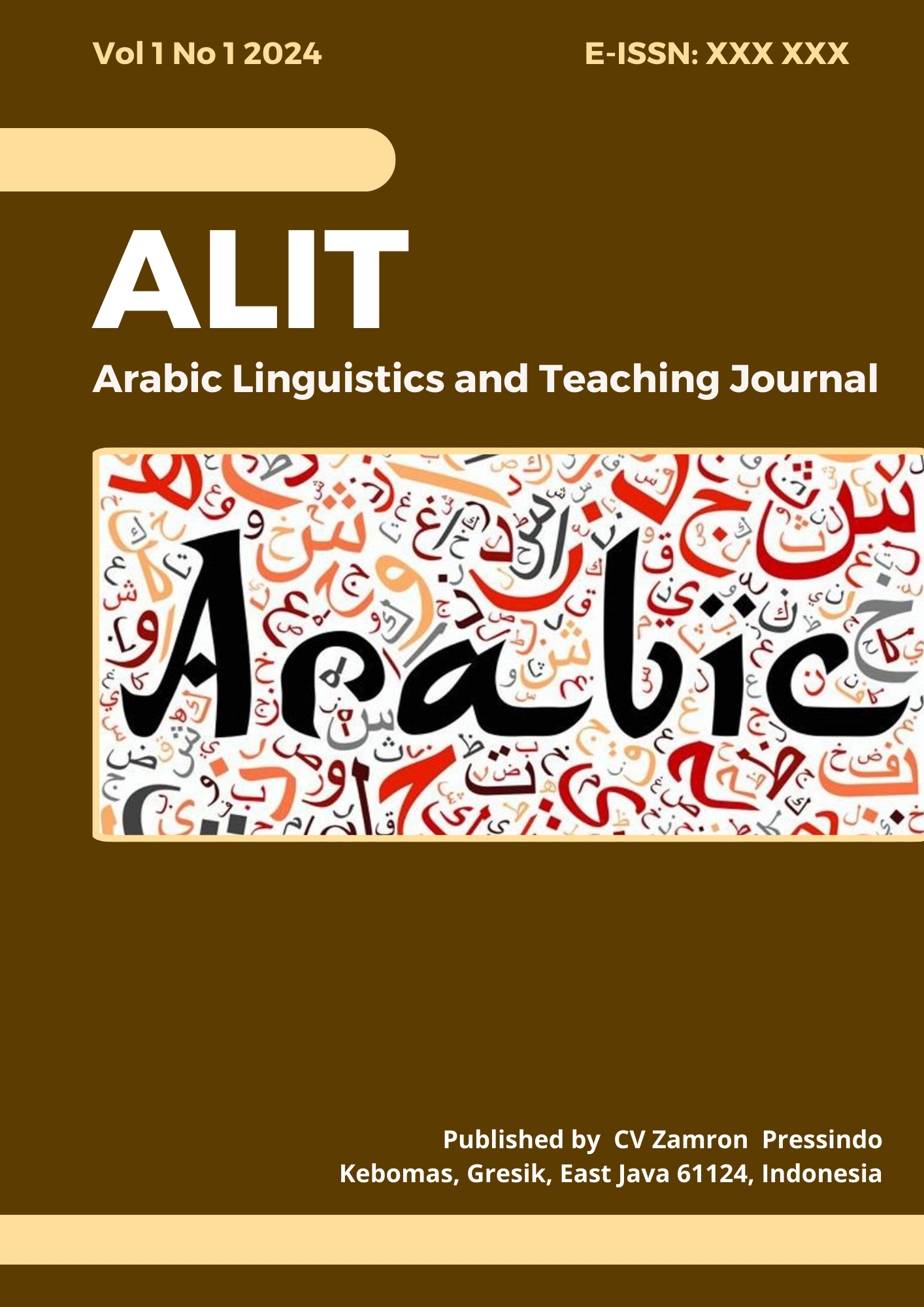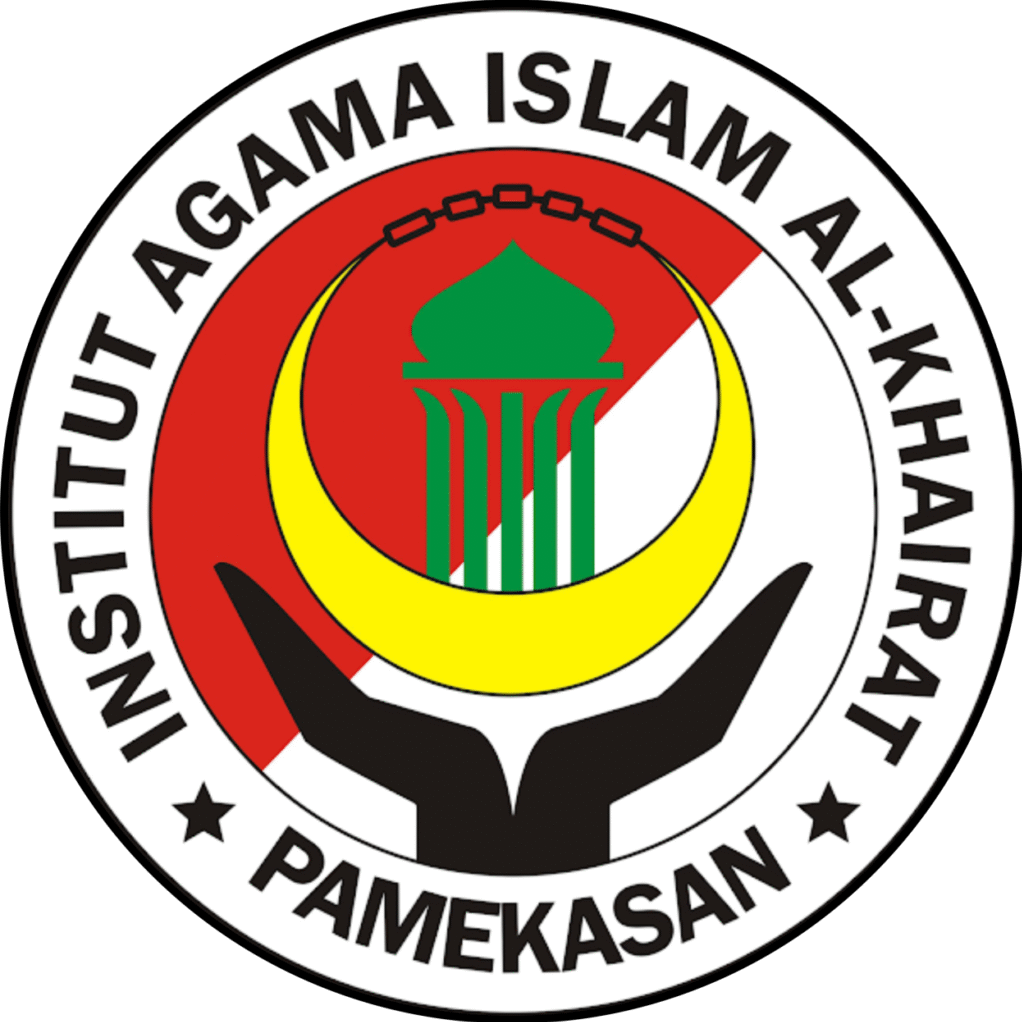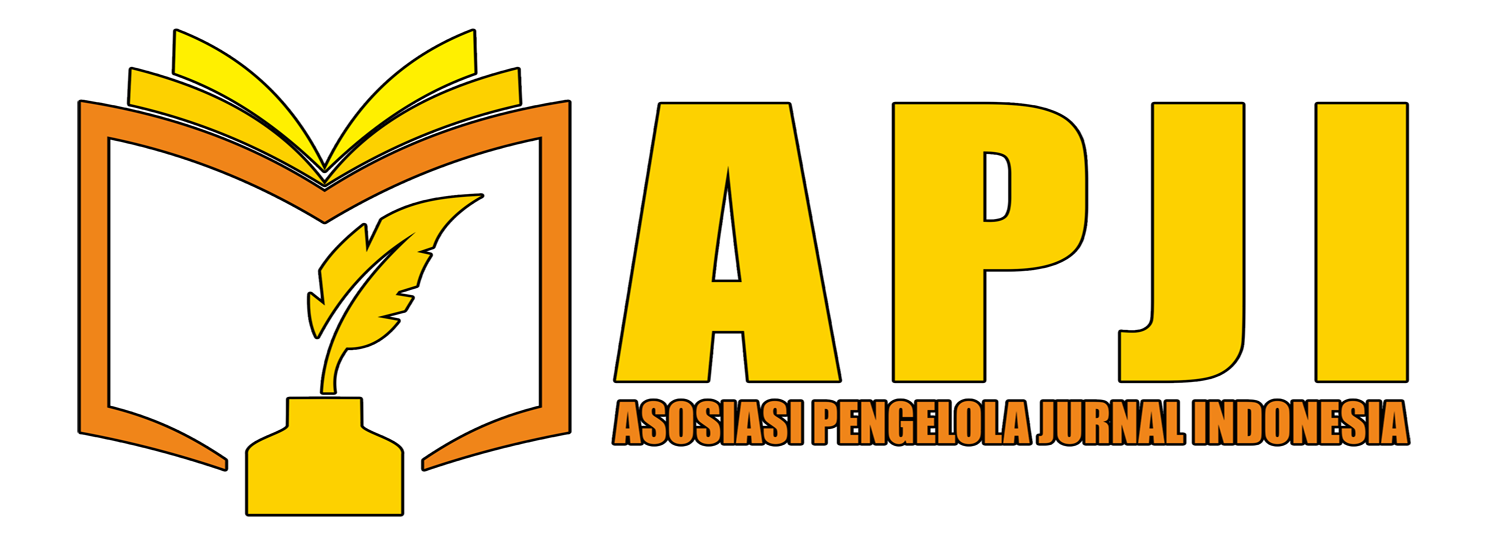Analysis of Nahwu Content in the Imriti Textbook
Kata Kunci:
Imriti Textbook, nahwu, Islamic education, nazham, teaching methodsAbstrak
Purpose –The study of Arabic grammar (nahwu) plays a fundamental role in understanding Islamic literature, particularly through classical texts such as Imriti. This research aims to analyze the structure, strengths, and challenges in teaching the Imriti textbook as a primary reference in nahwu education. Design/methods/approach–Utilizing a library research method, the study explores the systematic organization of content, the relevance of the textbook, and the challenges of adapting it to modern learning contexts. Data were analyzed descriptively and comparatively against previous studies and classical nahwu theories. Findings–The findings indicate that the Imriti textbook possesses a strong systematic framework, encompassing foundational to intermediate grammar presented in a nazham (rhymed verse) format for ease of memorization. Its strengths lie in its structured and practical presentation. However, challenges arise from the limitations of traditional methods in engaging modern learners. The study also reveals that integrating digital technology and interactive approaches can enhance the relevance of the Imriti textbook. Research implications/limitations–The implications of this research highlight the necessity for pedagogical innovations in teaching classical texts to ensure their relevance to contemporary educational needs. The limitation of this study is its exclusive reliance on library-based analysis, suggesting the need for further empirical studies to evaluate the effectiveness of proposed adaptations. Originality/value –The originality of this research lies in identifying opportunities for adapting the Imriti textbook to technology-based learning, thereby reinforcing the continuity of Islamic scholarly traditions in modern education.
Unduhan
Referensi
Amin, M. (2021). Pengantar Ilmu Nahwu: Analisis Kitab-Kitab Klasik. Jakarta: Pustaka Islam.
Munawwir, A. W. (2013). Nahwu Praktis untuk Pemula. Surabaya: Al-Huda Press.
Mustafa, A. (2022). Metode Pengajaran Bahasa Arab dalam Kitab Klasik. Bandung: Mizan Media.
Zamakhsari, A. (2003). Dasar-Dasar Ilmu Nahwu dan Sharaf. Jakarta: Gema Insani.
Zahra, F. (2019). Integrasi Teknologi dalam Pembelajaran Kitab Klasik. Yogyakarta: Kanisius.
Amin, M. (2021). Relevansi Kitab Klasik dalam Pendidikan Islam Modern. Jurnal Pendidikan Islam Kontemporer, 12(3), 45-60. https://doi.org/10.1234/jpic.v12i3.5678
Munawwir, A. W. (2013). Tantangan Pembelajaran Nahwu di Era Global. Jurnal Linguistik Arab, 7(2), 123-135. https://doi.org/10.5678/jla.v7i2.9876
Mustafa, A. (2022). Analisis Kitab Klasik sebagai Media Pembelajaran Bahasa Arab. Jurnal Pendidikan Bahasa Arab, 9(1), 89-102. https://doi.org/10.9012/jpba.v9i1.3456
Wahab, R. (2021). Metodologi Interaktif dalam Pengajaran Nahwu. Jurnal Pendidikan dan Budaya Islam, 14(4), 67-78. https://doi.org/10.5678/jpbi.v14i4.1122
Zahra, F. (2019). Transformasi Pembelajaran Kitab Nahwu di Era Digital. Jurnal Studi Islam Kontemporer, 8(2), 109-120. https://doi.org/10.3456/jsik.v8i2.4321
Akbar, H. (2020). Efektivitas Pembelajaran Kitab Imriti di Pesantren Salafiyah. Tesis, Universitas Islam Negeri Malang.
Basri, R. (2019). Analisis Penerapan Kitab Imriti di Sekolah Menengah Islam. Skripsi, Universitas Muhammadiyah Jakarta.
Habib, A. (2021). Relevansi Kitab Imriti dalam Konteks Pembelajaran Modern. Disertasi, Universitas Islam Indonesia.
Latif, M. (2018). Perbandingan Materi Nahwu dalam Kitab Imriti dan Alfiyah Ibn Malik. Tesis, Institut Agama Islam Negeri Surakarta.
Syarif, N. (2020). Metode Hafalan Nazham dalam Pembelajaran Nahwu di Pesantren. Skripsi, Universitas Islam Negeri Sunan Kalijaga Yogyakarta.












